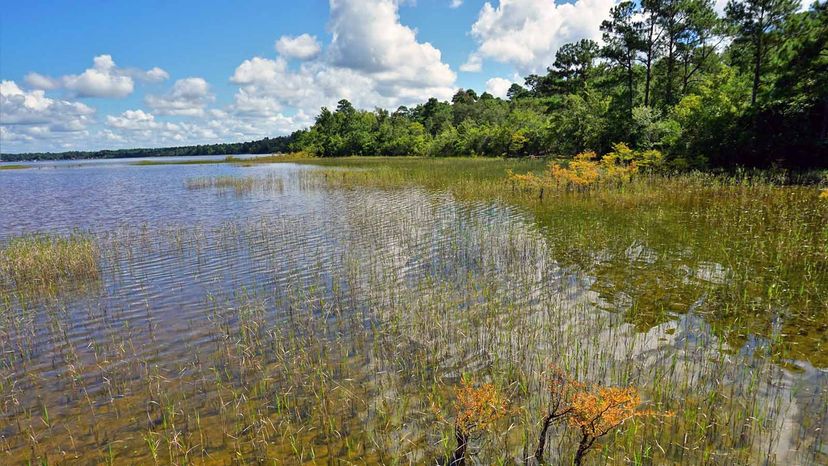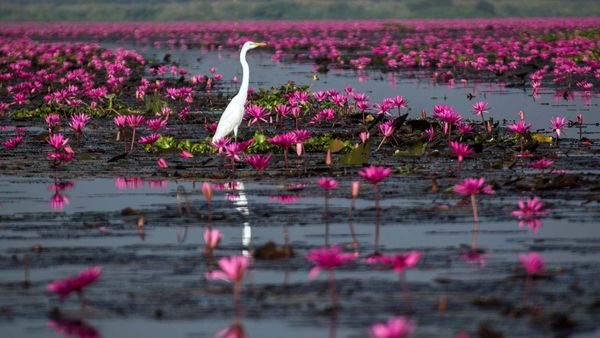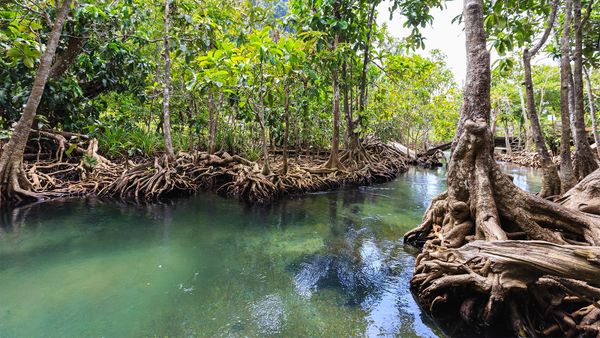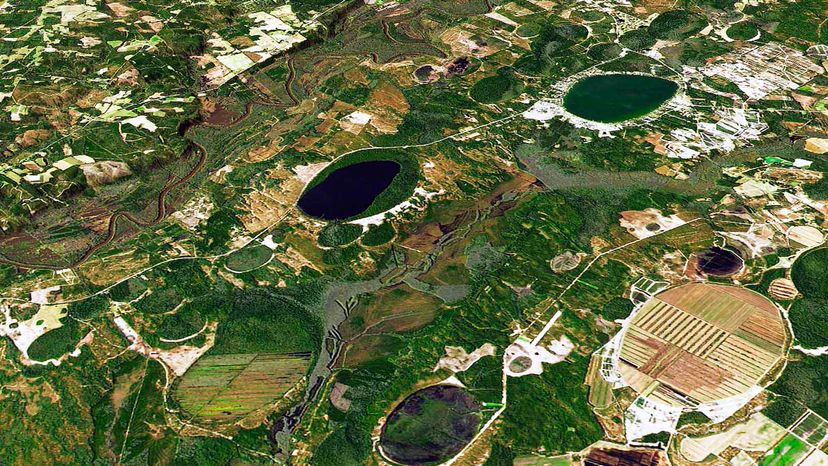
Key Takeaways
- Carolina Bays are unique geological features in the Carolinas, providing vital ecosystems for wetland species, but nearly 97 percent have been impacted by human activities like agriculture and logging.
- These isolated wetlands offer significant environmental benefits, including flood prevention and water quality improvement, yet many have been repurposed for human use due to a lack of protection under the Clean Water Act.
- An expanded interpretation of the Clean Water Act could protect these crucial wetlands, but there's a balance will be necessary to avoid placing an unreasonable burden on landowners.
When the Wright Brothers gave us the engine-powered airplane in the early 20th century, they didn't just give us a new way to get around. Flight also gave us an entirely different perspective on the things around us (or the things below us). From above, people became tiny specs and fields looked like brown and green squares tilled together like a quilt. And before long, on the East Coast of the U.S., pilots began noticing something even more interesting.
What we once thought were just simple isolated ponds and wetlands along the Atlantic coast, began to be seen as a pattern of thousands of egg-shaped depressions that were oriented exactly the same way. From above, it almost looks like a giant from outer space sneezed all the way from Florida to New Jersey leaving shallow depressions in his wake.
Advertisement
The origins of these depressions is still a scientific mystery today, but these ponds are as important to the landscape now as they were millions of years ago.
The native Algonquins called these shallow depressions pocosins, but they are more commonly referred to as Carolina Bays because of the large number of these water pockets along the coast of North and South Carolina.
"Carolina Bay is the name given to most any wetland along the eastern Coastal Plain that has an elliptical shape and is often isolated from other bodies of water, such as small streams or rivers," says Kyle Barrett, associate professor of wildlife conservation at Clemson University in South Carolina. "Carolina Bays occur in low spots in the landscape, and because they typically only fill up from precipitation, they may dry out during the hot and dry portions of the year."
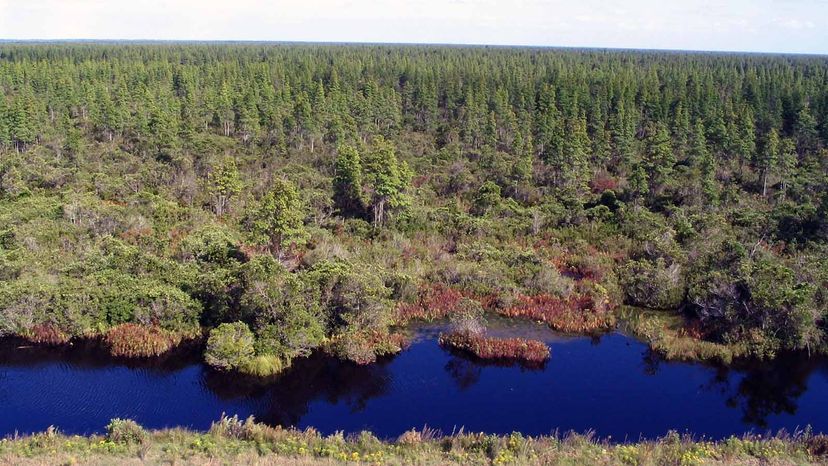
Advertisement

